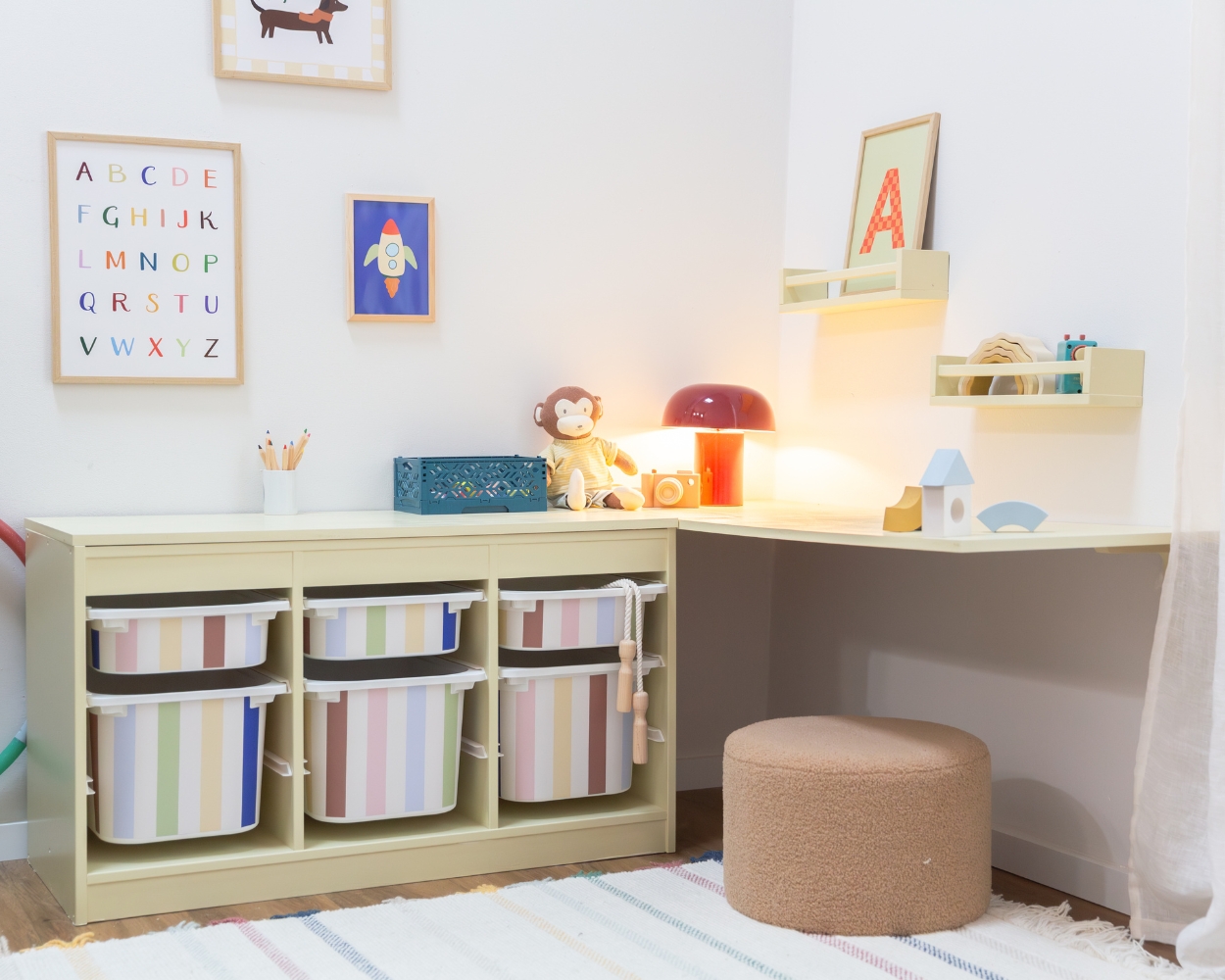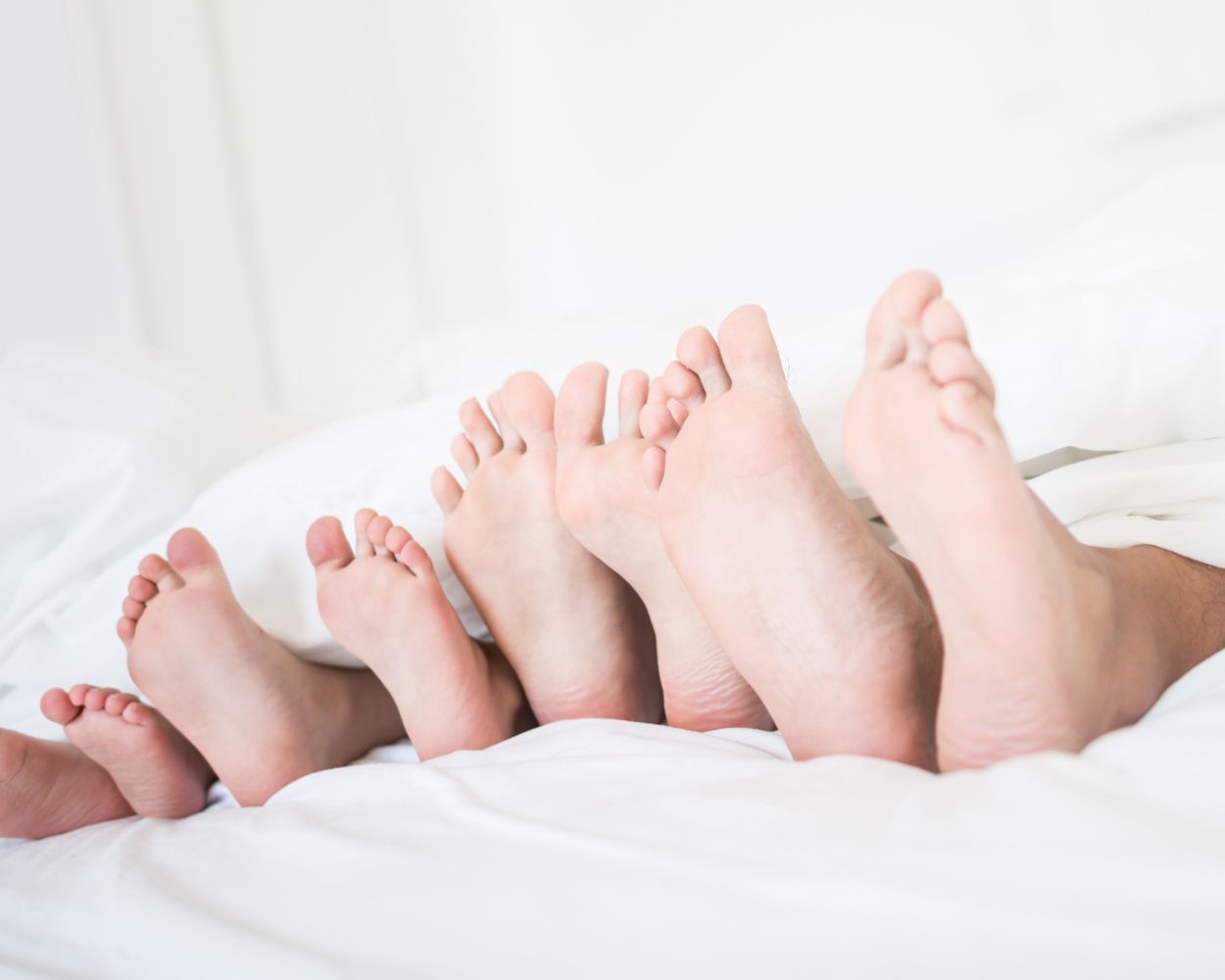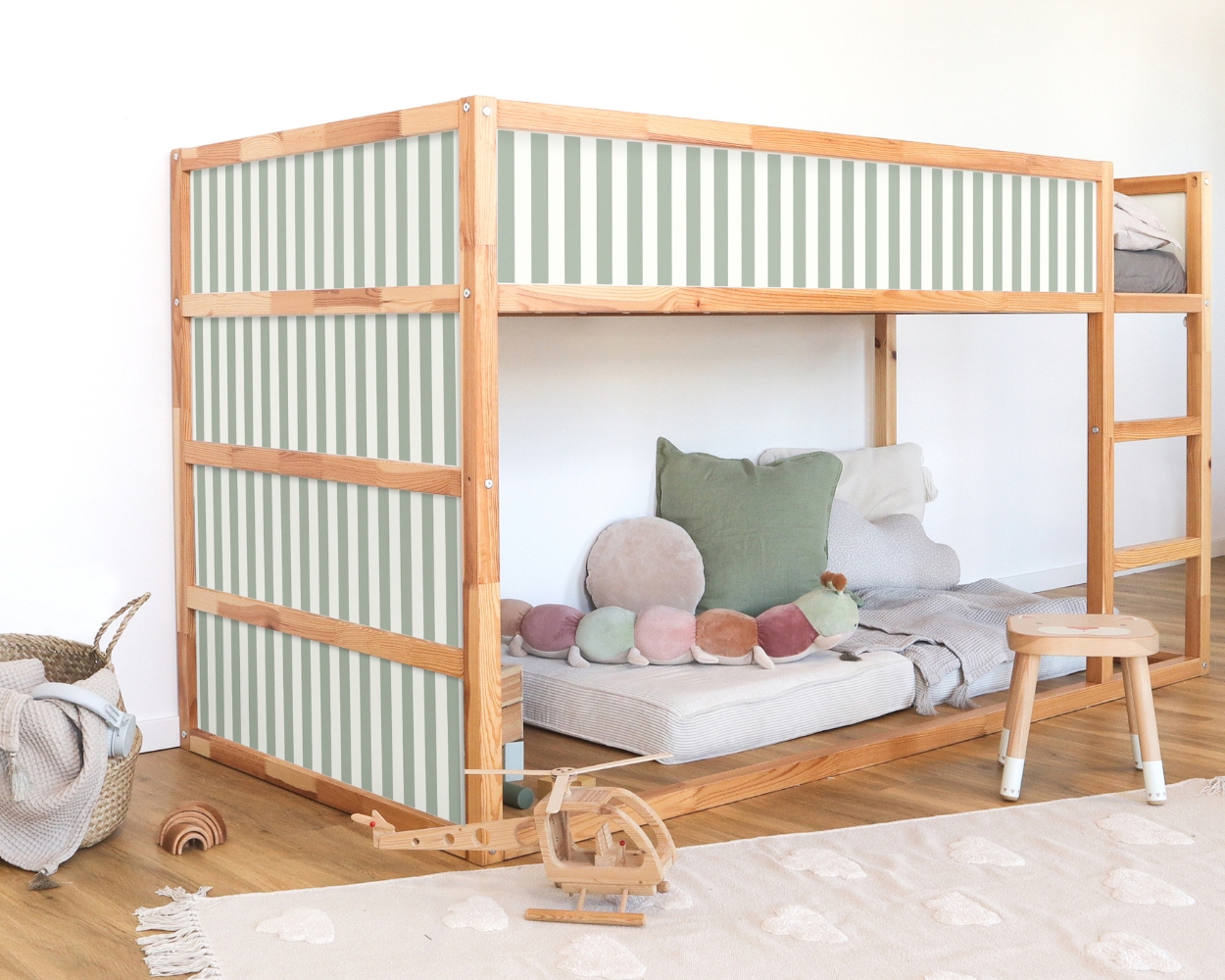
Own Bed for Kids – Smooth Transition Made Easy
Your own bed for children: how it works
Moving into their own bed is a big step for children and parents alike. Whether it's the change from the family bed, the first sleep in the nursery or the jump to bunk bed - each phase brings new challenges, but also opportunities for more independence and healthy sleep. In this article, we show you when the time is right to move into your own bed, how to make the transition gently and when a bunk bed is suitable. We also provide tips on mattresses, accessories and safety measures to ensure a stress-free and safe transition.
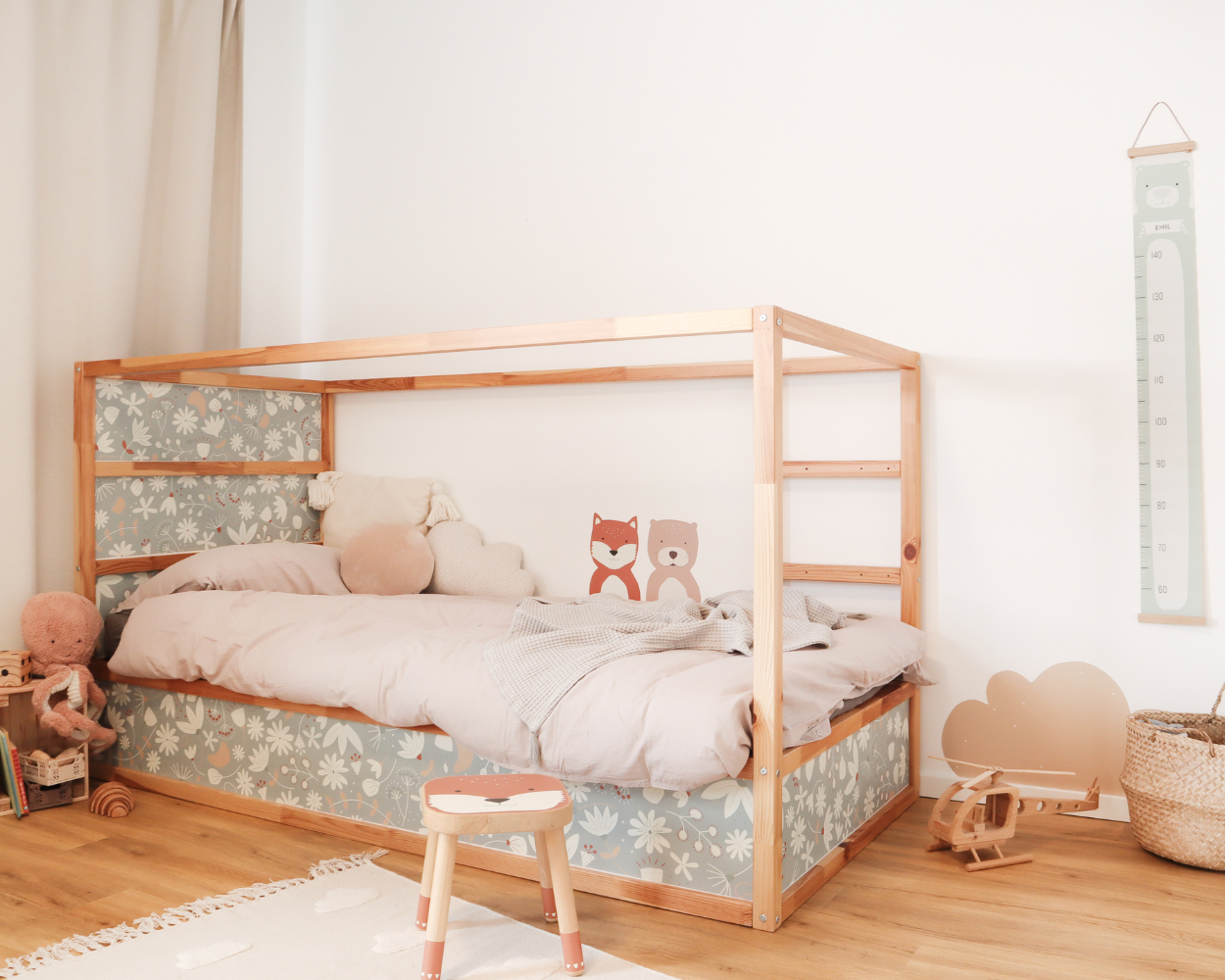
When is the right time for your own bed?
The ideal time to move into your own bed depends less on age than on your child's development and needs. Many children are ready between the ages of 2 and 3, others a little earlier or later. Typical signs: Your child sleeps more peacefully, becomes more independent, seeks closeness less often at night or is already climbing out of the family bed independently. Little ones often develop the need for independence on their own or even express the desire for their own bed. It is important to make the change gently and without pressure - this will make your child feel safe and secure in the new bed.
Tips and tricks for the family bed
We'll show you how best to organise your family bed and what you need to look out for so that you can sleep through the night safely and relaxed.
How to organise the transition to your own bed - 8 tips
Once the decision has been made and your child should sleep in their own bed, it's best to organise the transition together with your child. Explain what will change and ask about your little one's needs and wishes. These steps will ensure a smooth transition to your child's own bed without causing stress for the child or parents.
- Announce early on: Talk to your child about the upcoming change. This will make them feel taken seriously and prepared.
- Adopt rituals: Adopt familiar bedtime rituals from the family bed (e.g. reading aloud, cuddling) so that your child feels secure.
- Give familiar things: Favourite cuddly toy, blanket or night light provide a sense of security in the new bed.
- Change over slowly: Start with naps or individual nights in your own bed before switching permanently.
- Enable parental closeness: Stay with your child at the beginning when they fall asleep or sit by the bed - this makes it easier to separate.
- Involve the child: Let your child choose their own bed linen, pillows or small decorations. This increases the anticipation of their own bed.
- Rewards as incentives: Small rewards such as a sticker for each of the first nights in their own bed motivate your child to be brave and sleep in their own bed.
- Stay consistent but allow exceptions: Stick to the new sleeping routine as consistently as possible so that your child gets used to it. However, exceptions in the event of illness or nightmares are completely okay.
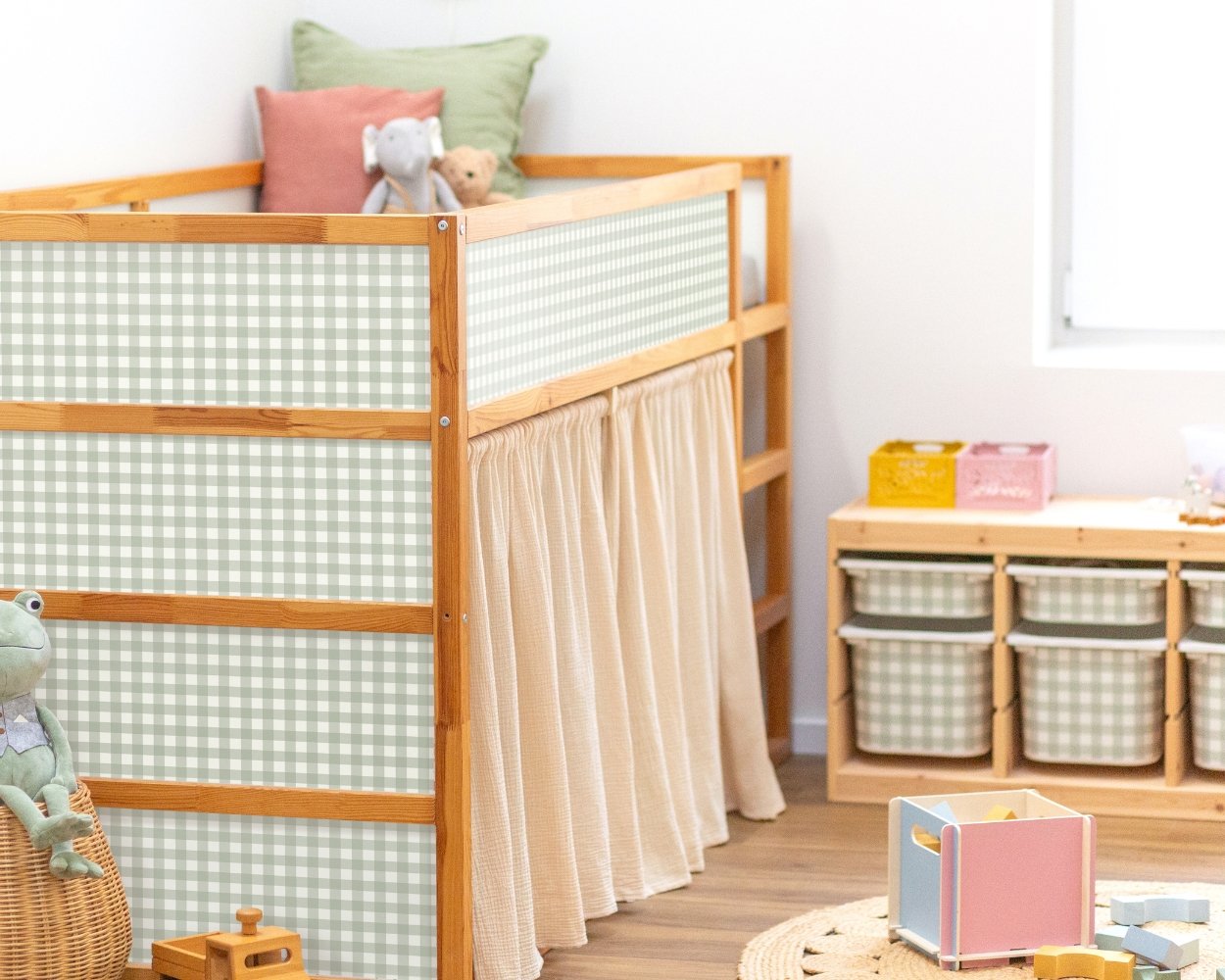
When should you start using bunk bed?
After moving into their own bed, many parents ask themselves when a bunk bed is suitable. There is no general age - your child's temperament and stage of development are more important. Younger children are often not yet able to judge spatial distances reliably and react more spontaneously, which increases the risk of falling. Experts therefore recommend that bunk beds are generally only used from around 5-6 years of age. At this age, children have better motor skills, are better able to assess dangers and enjoy their bunk bed as an exciting yet safe place to sleep. Once your child can climb safely and get out of bed independently at night, you can start using bunk bed.
3 tips for sleeping safely at bunk bed
You can achieve a lot with a few simple measures to ensure that your child sleeps peacefully and safely in bunk bed:
- Stable railing & non-slip ladder: A high, firmly mounted railing or safety railing and a safe ladder prevent falls when getting in and out of bed.
- Sufficient distance from the ceiling & no hard edges: This allows your child to move freely while sleeping without bumping into anything.
- Clear sleeping area without toys: Separate the sleeping area upstairs clearly from the play area under the bed. Remove toys or books from the bed - this creates a quiet sleeping environment.
We give you even more tips on safe sleeping. Find out everything you need to know about an optimal sleeping environment and protective measures in the nursery.
Ideas for the first IKEA KURA bunk bed
When your child is ready for the next step, the IKEA KURA bed offers plenty of design options. With a few simple hacks and accessories, the simple bed can be transformed into a cosy retreat or a real adventure bed. Be inspired by our KURA ideas and customise the cot according to your wishes.
Your path to relaxed nights in the nursery
Every child is unique - so there is no fixed point in time when they should move from the family bed to their own bed or to bunk bed. With loving support, clear routines and a safe sleeping environment, you can create the best conditions for your child to master this step at their own pace. Use rituals, provide a sense of security and take your time: this will quickly turn the new bed into a familiar and cosy place to sleep.

